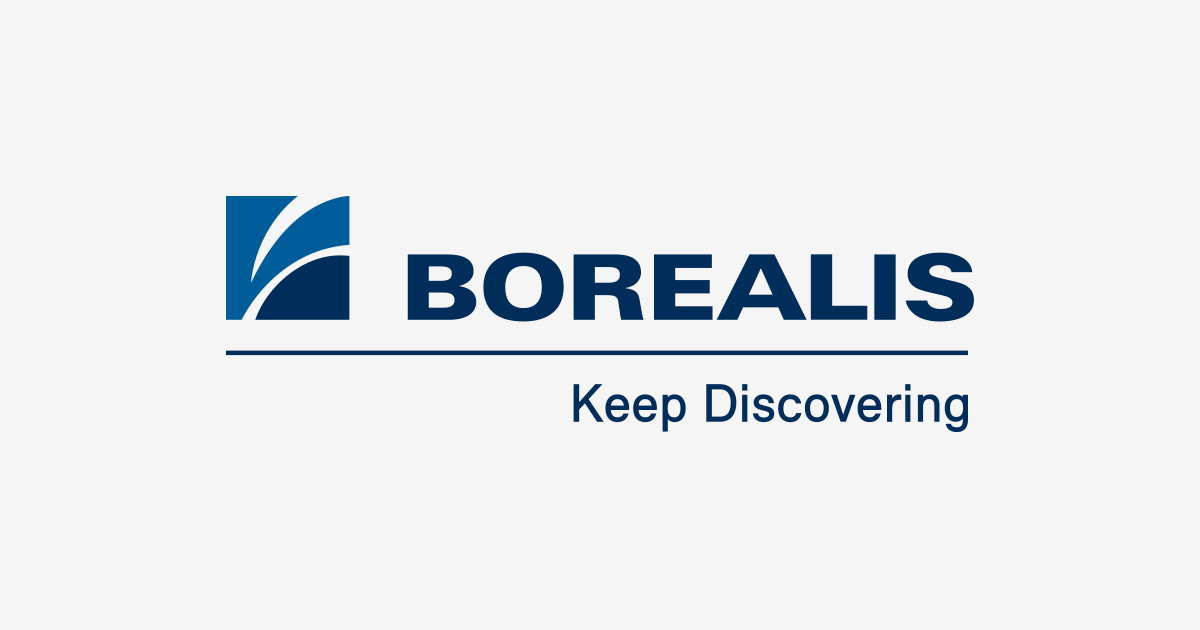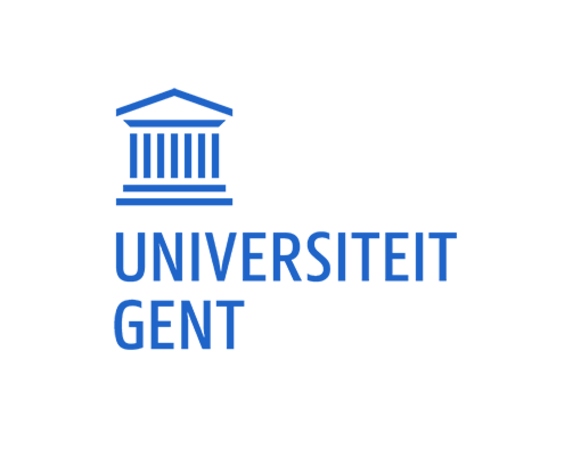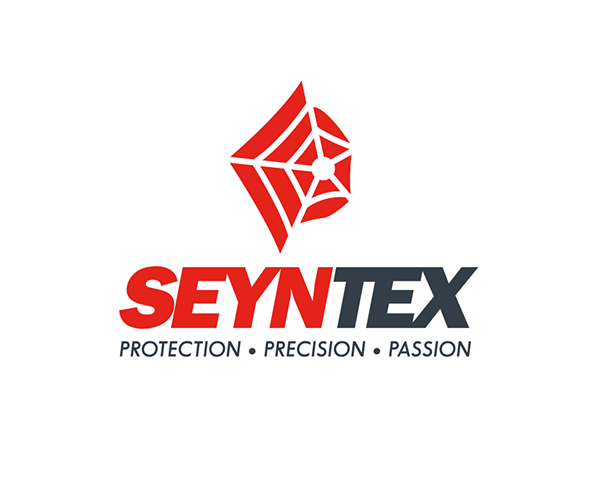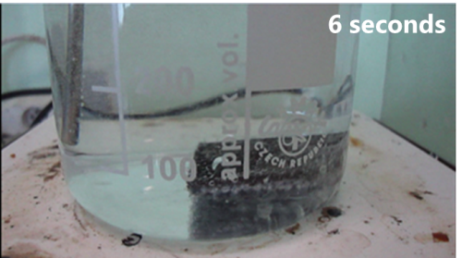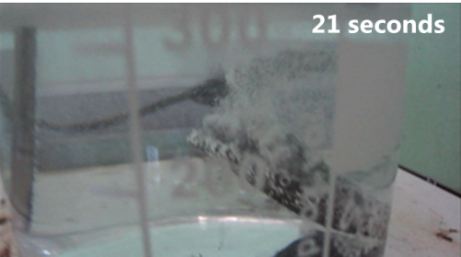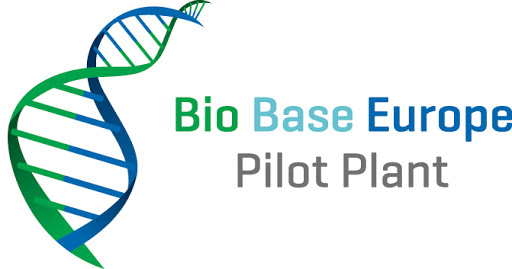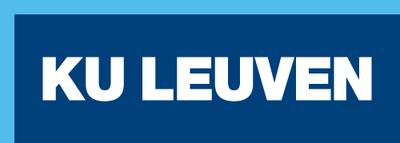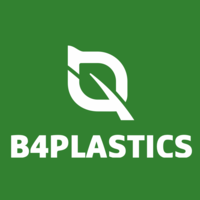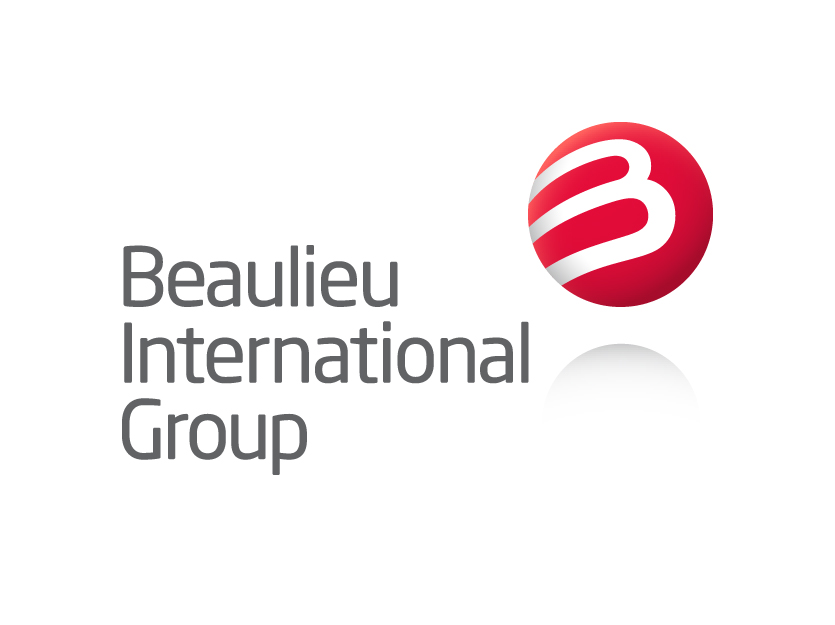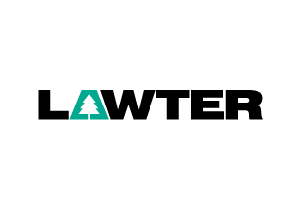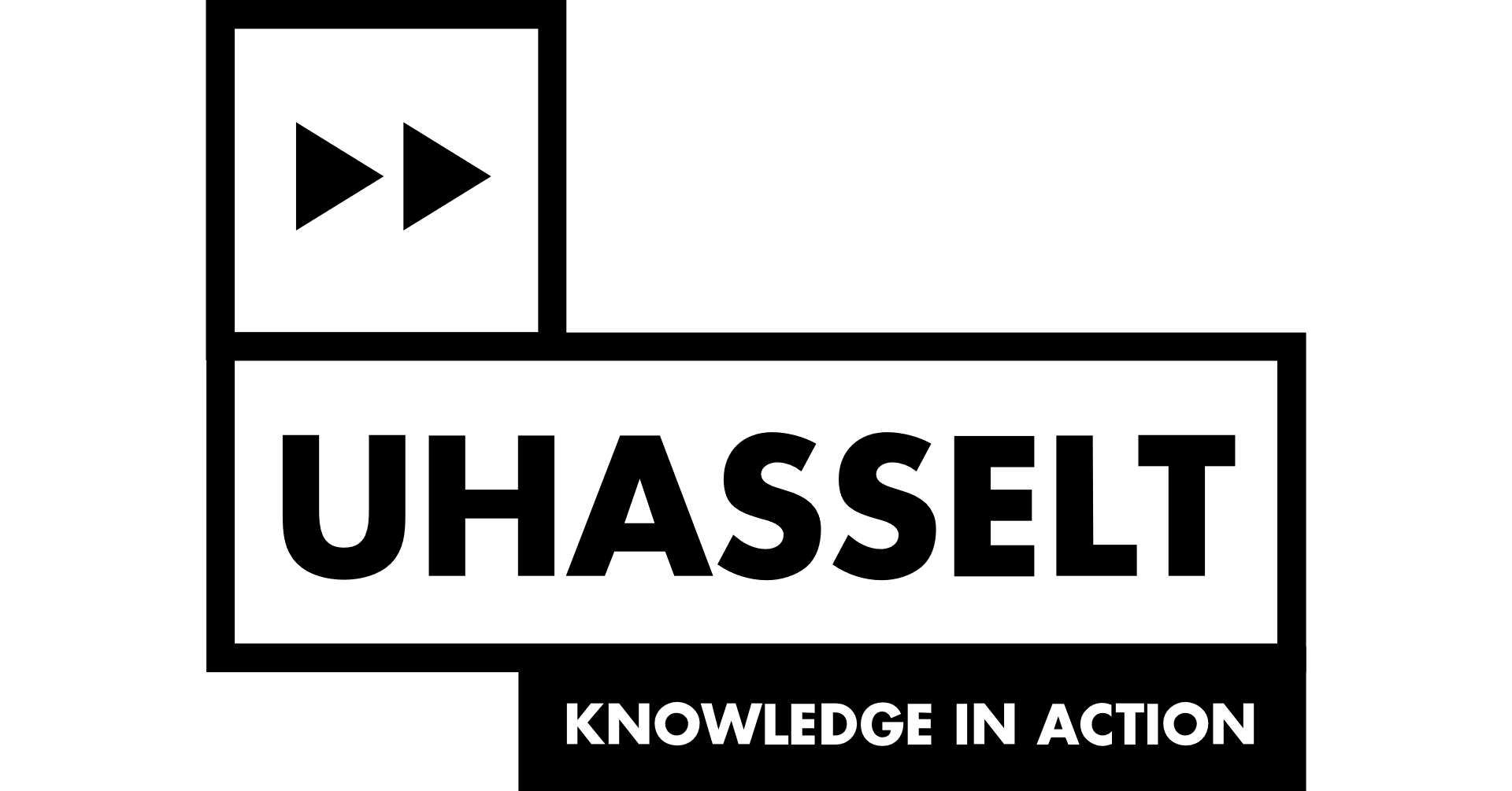Mechanical and Thermochemical Recycling of Mixed Plastic Waste
By generating general knowledge on the recycling of mixed plastic waste and specific knowledge on the optimization of the P+MD recycling scheme, the valorization of the project is twofold. On short-term, the collection of an extra 50.000-150.000 tons of mixed plastic waste is expected for the P+MD scheme, most of which are packaging materials for which not always alternatives to incineration are available today. The results of the MATTER project will therefore be essential for the development of sustainable recycling solutions for this significant amount of waste. In the longer run, the general recycling knowledge can result in extra activities on the processing of other plastic waste fractions.
Project Results
| Project type: | ICON |
| Approved on: | 18/04/2018 |
| Duration: | 30/04/2018 – 30/10/2020 |
| Total budget: | €1.669.761 |
| Subsidy: | €1.187.783 |
Waste Management, Volume 120, 1 February 2021, Pages 290-302 – DOI 10.1016/j.wasman.2020.11.056
A recycler’s perspective on the implications of REACH and food contact material (FCM) regulations for the mechanical recycling of FCM plastics by Ellen De Tandt, Cody Demuytere, Elke Van Asbroeck, Hiram Moerman, Nicolas Mys, Gianni Vyncke, Laurens Delva, An Vermeulen, Peter Ragaert, Steven De Meester, Kim Ragaert
Waste Management, Volume 119, 1 January 2021, Pages 315-329 – DOI: 10.1016/j.wasman.2020.10.012
Detailed Analysis of the Composition of Selected Plastic Packaging Waste Products and Its Implications for Mechanical and Thermochemical Recycling by Martijn Roosen, Nicolas Mys, Marvin Kusenberg, Pieter Billen, Ann Dumoulin, Jo Dewulf, Kevin M. Van Geem, Kim Ragaert, and Steven De Meester
Environ. Sci. Technol. 2020 – DOI: 10.1021/acs.est.0c03371
Microstructural Contributions of Different Polyolefins to the Deformation Mechanisms of Their Binary Blends by Astrid Van Belle, Ruben Demets, Nicolas Mys, Karen Van Kets, Jo Dewulf, Kevin Van Geem, Steven De Meester, and Kim Ragaert
Polymers 2020, 12(5), 1171 – DOI: 10.3390/polym12051171
RESCO
Reduction of Emissions and Sustainable (Solvents in) Polyurethane Coating
A feasibility desktop study was already performed. This study screened 16 technologies for this use and concluded that 6 technologies show potential to meet the screening criteria: compatibility with running production systems and installations, (expected) effect and efficiency on removal of solvent, ecological and economical sustainability and “user friendly” (working conditions for operators, etc).
Goal
The overall goal of this project will be to tackle persistent issues in the use of the solvent in polyurethane coating applications. The main, short term development will consist of pilot scale solvent emission reduction. The secondary, longer term goal comprises the development of new, sustainable solvents for PU dispersions and coating processes to replace the current solvents while striving to preserve existing coating infrastructure.
Project Details
| Project type: | O&O |
| Approved on: | 24/10/2018 |
| Duration: | 01/01/2019 – 31/12/2020 |
| Total budget: | €2.113.237 |
| Subsidy: | €685.019 |
Project Partners
Questions about this project? Please contact catalyst Otto van den Berg (ovandenberg@catalisti.be).
DIGICHEM
Industry 4.0: Towards a Digitized Chemical and Plastics Sector in Flanders
The DIGICHEM study was executed by Centexbel, sirris and Catalisti in a joint effort in the period February 2018 – January 2019. Within the study, Catalisti, Centexbel and sirris interviewed more than 40 individual companies, analyzed the relevant pre-existing studies and collected information from more than 70 different organizations through collective workshops.
The DIGICHEM study confirmed the importance and great potential impact on following overarching key features:
- An increased operational excellence, productivity and flexibility within production, supported by a vertical integration within a smart and digitized factory;
- A horizontal integration, leading to the development of new products and associated services from collaboration in a digitized supply chain.
The actions in the action plan will be carried out in the coming years through collaboration of all triple helix partners in Flanders: government, research institutions and industry. The action plan exists of 4 major action lines: ‘Technology scouting and watch’, ‘Experimentation labs’, ‘Learning network’ and ‘Skills, education and legal framework’. The action plan describes both actions to be taken over the coming years and actions that are already ongoing in Flanders.
Catalisti will take the necessary steps and coordinate with all relevant stakeholders in Flanders to implement the various action lines of the plan through strong collaborations.
Download the DIGICHEM end report
| Project type: | VIS Study |
| Approved on: | 05/12/2017 |
| Duration: | 01/02/2018 – 31/01/2019 |
| Total budget: | €124.943 |
| Subsidy: | €99.955 |
RECYCOAT
Recycling of Coated Materials
The current routes for end-of-life of complex-composite products are mainly focusing on burning or converting into RDF pellets (Refuse Driven Fuel). The energy content and presence of a fusible fraction (carrier and possibly also coating) explain why this waste disposal method is widely spread. Another commonly used route is mechanical reduction via shredders and subsequent use as filler material.
The RECYCOAT project aims to investigate various technologies to separate the different layers present in complex coated or laminated (multilayer) materials (in particular textiles and plastics). The focus is on developing a good design (eco-design) of the multi-layered products and/or altering the chemistry of the coating or adhesive layer. The material should be developed in such a way that maximum separation (i.e. recycling) is made possible: the different layers present in the complex material must be completely separable from each other.
An example of such a technology is an adapted adhesive layer of a carpet allowing separation in boiling water. After 30 seconds the secondary backing is split off.
| Project type: | VIS |
| Approved on: | 04/12/2017 |
| Duration: | 31/01/2018 – 29/02/2020 |
| Total budget: | €422.311 |
| Subsidy: | €337.849 |
Job opportunities @Vanheede: Account Manager Special Waste & many others
Check out the Job opportunities for Vanheede Environment Group here: https://www.vanheede.com/nl/werken-bij-vanheede/
CO2PERATE
All Renewable CCU Based on Formic Acid Integrated in an Industrial Microgrid
The main objective of the project is the development of technologies for the conversion of CO2 to value-added chemicals using catalysis and renewable energy. To benchmark, compare and develop the various technologies, the formation of formic acid was selected as the initial target. Formic acid is the first product of the hydrogenation of CO2 towards value-added chemicals. In the project, the development of 4 catalytic routes (homogenous & heterogeneous catalysis, photochemical plasma-catalysis, electrochemical catalysis and bio-catalysis) is planned, enabling the sustainable synthesis of formic acid and more complex value-added chemicals (Single Cell Proteins, etc.). Sustainability is the common denominator of the different routes investigated in the project as they will enable the creation of a circular economy using (i) abundant reagents: CO2, H2O and electricity produced by surplus of renewable energies production through electrolysis and (ii) sustainable catalysts: earth-abundant metals will be used in homogeneous and heterogeneous catalysis, in photochemical and electro-catalytic syntheses, and set-ups will fully exploit renewable electricity. Finally, the potential of enzymatic catalysts (microbes and bacteria) will be exploited to use nitrogen from waste water sources to produce organic molecules of added value and microbial proteins for feed/food applications. At the end of the project, the partners want to be able to select the best technology (CO2 source, purity and intended product, availability of excess electricity) for the conversion of CO2. A decision support framework will be developed to support this decision process. Via a techno-economic analysis, the different catalytic routes towards formic acid will be benchmarked against each other and against the classical process via base-catalyzed carbonylation of methanol.
The second objective is the valorization of formic acid. On the one hand, formic acid will be used as a building block for the bio-catalytic production of value-added chemicals such as Single Cell Proteins. On the other hand, formic acid is considered as a H2 carrier to propose a circular economy with CO2 and H2/electricity generated from renewable sources (POWER to CHEMICALS): when renewable sources (solar, wind, …) produce energy surplus, this energy can be converted in H2 (through electrolysis) that is chemically converted with CO2 into formic acid. When utilizing the H2 upon conversion of formic acid, CO2 is released and can be used recycled/reused with a new supply of H2 for the formation of formic acid generating a true circular approach.

Advisory Board
This project has the ambition to strengthen the position of Flanders in terms of research into CO2-based processes and materials. The relevance of this cluster SBO project is further emphasized by an industrial advisory board (pictured below), who are eager to implement the results and create economic valorisation. Current members of the advisory board include: 3M, Alco Biofuel, Arcelor Mittal, Avecom, Borealis, Cargill, Eastman, ENGIE Laborelec, Hydrogenics, INEOS, Messer, Monsanto, Nutrition Sciences and Smart Bioprocess.
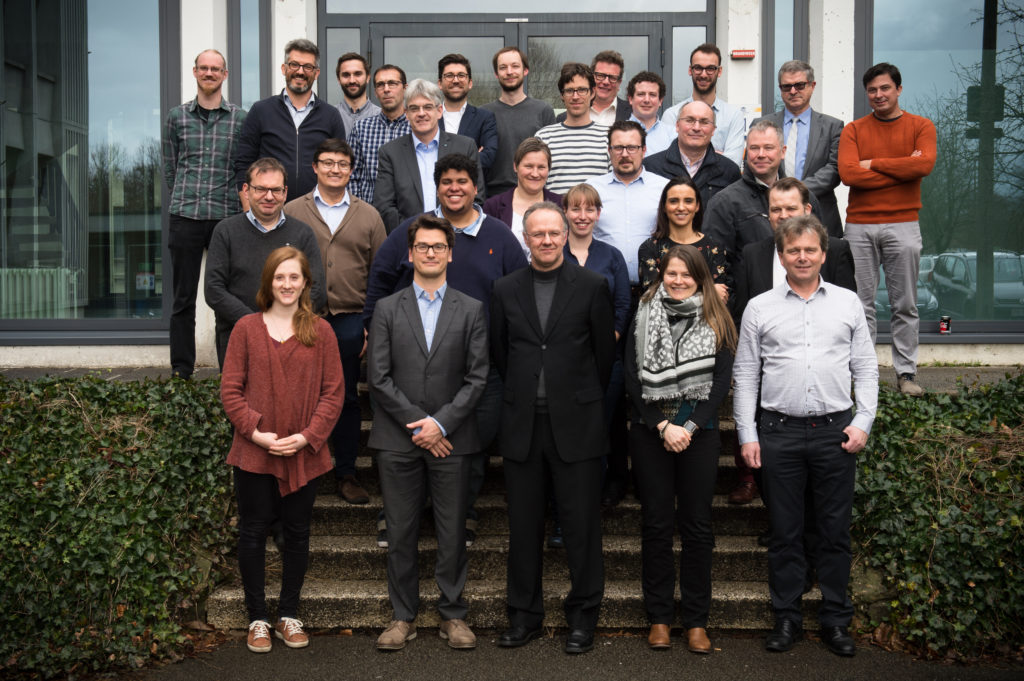
| Project type: | cSBO |
| Approved on: | 14/12/2017 |
| Duration: | 01/03/2018 – 01/03/2022 |
| Total budget: | €2.612.101 |
| Subsidy: | €2.612.101 |
TESPA
Trigger-Degradable Eco-Substitutes for Polyamides
Project Details
| Project type: | O&O |
| Approved on: | 13/12/2017 |
| Duration: | 31/01/2018 – 31/01/2020 |
| Total budget: | €1.236.366 |
| Subsidy: | €642.631 |
Questions about this project? Please contact catalyst Stef Koelewijn (skoelewijn@catalisti.be).
Job opportunity at Ecover: Regulatory Manager R&D
Job Details
Description
We are people against dirty® (PAD), and we’ve always done things differently. We are fearless thinkers, mad scientists and adventurous designers who believe that making soap leads to brave ideas, bold inventions and beautiful bubbles.
We are small, but we have big plans to make the world a cleaner, greener, more colourful place. And we invite everyone to join us as we pioneer a future where doing business is doing good for all.
Function: R&D
People leader: R&D Manager
Role purpose: As the EU regulatory expert you will be in charge of product and product labelling regulatory compliance.
The responsibilities:
- You’ll be advising the formulators, the researchers and the product teams on do’s and don’ts, on product labelling, formula claims as well as on novel concepts
- You’ll guard the legal framework for safe handling and formulation of ingredients
- You’ll instruct the regulatory assistant on issuing safety data sheets and product registrations in the countries we operate in
- You will ensure the compilation of cosmetic files
- You’ll be seeking assistance from external consultants in our key sales hubs abroad as and when needed
- You’ll relate to the entire business including our sales team and customer care on questions and issues as they arise
- You’ll be monitoring legislation pertaining to all aspects of manufacturing and putting on the market of detergents and cosmetics and their ingredients. You’ll participate to detergent industry meetings for that purpose and will stay informed through newsletters and the like.
- You’ll proactively advise the business and develop a regulatory strategy framework.
The candidate:
- Will be motivated and have great initiative
- A strong communicator
- Should have an interest in great people leadership
- Structured and able to work autonomously
- A strategic thinking
- A professional proficiency in English with another European language
- Able to travel
The requirements:
- A scientific education within Chemistry, Biology, Agronomy, Toxicology or Similar
- Experience in chemical industry would definitely be a plus
- Minimum 3 years of regulatory experience with REACH, BPR, CLP and SDS’es
- Highly experienced with formulation safety assessment and claim support and experienced with safety data sheet software
- A formal recognition as a cosmetic safety assessor and Detnet expert would be an advantage
- Project management and coordination experience
For more information and to apply, click HERE
BAFTA
Bio-Aromatics Feedstock and Technology Assessment
The intrinsic properties of lignin, the variability of the resource, heterogeneous and polydisperse molar masses and hype-branched structures have, until now, hindered technological and commercial developments. While technology for isolating lignin from biomass is no longer the main obstacle for effective valorization, extensive research is currently being undertaken globally to propose innovative concepts of biorefinery based on disruptive processing/purification technologies.
Goal
The BAFTA project seeks to initiate the first steps in closing the virtual “valley of death” between research and industrial scale, thereby focusing on the general aim of the transition towards a biobased chemical industry in Flanders using lignocellulosic feedstock. The target group of companies that will benefit from this project are found throughout the value chain of bio-aromatics (from paper, wood, and waste treatment companies as a primary/secondary source for feedstock, over producers of polymers or fine-chemicals based on phenolic compounds, to formulators in the area of adhesives, UV-stabilizers, dyes, inks, coatings).
The main goals of this project are fivefold. First, a technology mapping for the conversion of lignin and wood biomass into useful chemical building blocks will be done. Secondly, a feedstock overview will be worked out both quantitative and qualitative for three different types, being virgin wood, waste wood and lignin. Another goal is creating a clear overview of the IP landscape and freedom-to-operate for conversion technologies of lignin and wood biomass. This will lead to the selection of 2 most promising technologies per feedstock (lignin and wood) based on a decision support framework. A detailed analysis of the two selected technologies per feedstock and recommendations for future research and follow-up projects will be provided. The last goals is the sampling of 4 different technologies at kg-scale and characterization of obtained samples on both stability and reproducibility.
Press Publications
Lignin as feedstock for bioaromatics – NPT Magazine – 7 July 2020
Whitepaper Bio-aromatics
Towards a Sustainable Value Chain of Lignin-Based Bio-Aromatics in Flanders – 30 June 2022
Contact
Interested about the results and deliverables coming out of this project? Please contact catalyst Aron Deneyer (adeneyer@catalisti.be)
Project Details
| Project type: | VIS |
| Approved on: | 05/12/2017 |
| Duration: | 01/01/2018 – 31/05/2019 |
| Total budget: | €199.945 |
| Subsidy: | €159.956 |
Project Partners
SPICY
Sugar-Based Chemicals and Polymers through Innovative Chemocatalysis and Engineered Yeast
Goal
The SPICY project aims to provide the chemical industry with new or optimized processes to convert sugars into added value compounds, i.e. both drop-ins and novel biobased chemicals (see figure below). Two complementary lines are hereto developed in parallel, one focusing on biotechnology based on improved yeast-strains and one based on chemocatalytic routes. Both will aspire to meet industrial standards of productivity, titer, yield and selectivity, to safeguard potential economic benefit and future industrial valorisation. Most of the targeted platform chemicals are (potential) monomers for biobased plastics, hence, a second aim of SPICY is to deliver proof-of-concept of their usefulness by targeting novel and functional polymeric materials, typically not found in the current oil-based value chain.
 The project has the ambition to strengthen the position of Flanders in terms of research into biobased processes and materials. The relevance of this project is further emphasized by an industrial advisory board eager to implement the results and create economic valorisation. Current members of the advisory board include: 3M, Allnex, Beaulieu, Cargill, Eastman, EOC, Galactic, GF Biochemicals, GlobalYeast, INEOS Styrolution, Proviron, Solvay, Tereos and Tiense Suiker.
The project has the ambition to strengthen the position of Flanders in terms of research into biobased processes and materials. The relevance of this project is further emphasized by an industrial advisory board eager to implement the results and create economic valorisation. Current members of the advisory board include: 3M, Allnex, Beaulieu, Cargill, Eastman, EOC, Galactic, GF Biochemicals, GlobalYeast, INEOS Styrolution, Proviron, Solvay, Tereos and Tiense Suiker.Project Details
| Project type: | cSBO |
| Approved on: | 14/12/2017 |
| Duration: | 01/02/2018 – 30/07/2022 |
| Total budget: | €2.526.011 |
| Subsidy: | €2.526.011 |
Questions about this project? Please contact catalyst Aron Deneyer (adeneyer@catalisti.be).

